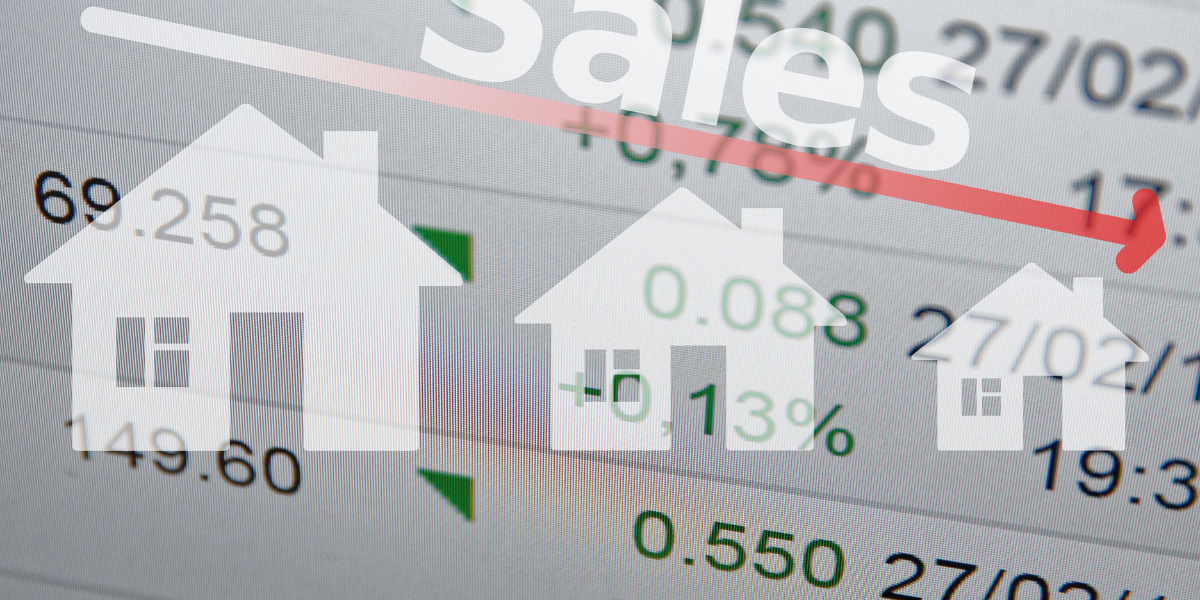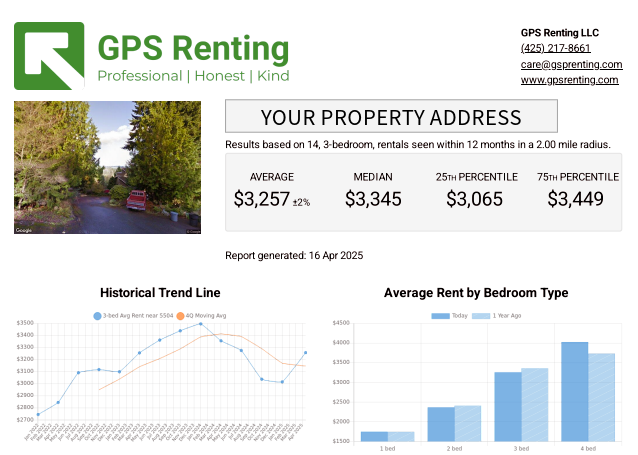
Pricing a rental property isn’t guesswork—it’s a science. Yet many landlords still rely on basic Zillow estimates or outdated advice when deciding how much to list their rental for.
“Still using Zillow estimates to price your rental? Here’s why that’s costing you—and how GPS Renting can help you do it smarter.”
At GPS Renting, we believe pricing must be based on real-time rental market data, property-specific insights, and modern showing technology that ensures maximum exposure. In today’s fast-moving rental market, these three elements are essential to help you attract high-quality tenants and minimize vacancy.
Here’s how we do it—and why it works.
Key Takeaways
Accurate rental pricing is a science, not a guess—relying solely on Zillow isn’t enough.
GPS Renting uses real-time data, in-person property insights, and on-demand showings to set the most effective rental price.
Self-showing technology maximizes exposure and provides rapid feedback on your listing’s performance.
Weekly reports ensure we adjust pricing based on market signals—so your property doesn’t sit vacant.
With no placement fees and a performance-based model, our success is fully aligned with yours.
Step 1: Start with Reliable Data—But Don’t Stop There



We often hear from property owners who rely solely on a Zillow Rent Estimate or Redfin to set their rental price. These tools are helpful—but only to a point. Zillow, for example, is roughly 80% accurate, based on our experience. That’s good, but not enough when your rental income is on the line.
That’s why we go further.
We cross-reference multiple pricing tools:
Zillow: A broad and accessible benchmark
Rentometer: Aggregates rental data from multiple sources for a more comprehensive view
AppFolio (our internal database): Tracks what actual properties in our portfolio are renting for—down to the street level
We use this data to generate a custom rental analysis report for every new property we onboard. This report not only compares nearby listings, but also examines trends in days on market, pricing velocity, and seasonal shifts in your local rental neighborhood.
Step 2: Analyze the Property's Unique Value

Big data is powerful—but it doesn’t know your property.
Some homes have features that simply aren’t captured in online algorithms, such as:
A stunning water view
A more functional two-level layout (versus a less desirable four-level split)
Premium finishes, a fenced yard, a better lot, or a quiet cul-de-sac setting
That’s why our team performs a pre-listing property walkthrough for every rental home. This in-person inspection helps us make fine-tuned pricing adjustments based on features that matter to renters but aren’t visible in online listings.
Step 3: Understand Who Sets the Price—The Market Does

It’s tempting to set your rent based on your mortgage, taxes, or how much you wish you could earn. But in the real world, the only thing that determines the price is this:
What someone is willing to pay for it—right now.
That’s why accurate pricing, professional property preparation, and real-time availability work together. If a property is sitting, it’s not the market’s fault—it’s a signal. And we use that signal to act fast.
Step 4: Make Your Property Instantly Available

In today’s on-demand world, timing is everything. When people want food, they use DoorDash. When they need a ride, they tap Uber. And when they want to view a rental property? They expect it today, not four days from now.
That’s why GPS Renting has used self-showing rental technology since 2018—long before most companies caught up.
Benefits of Self-Showings

Prospective renters can schedule a tour 24/7, instantly
No waiting for leasing agents to coordinate schedules
Uses GPS, ID, credit card, and SSN verification for safety and fraud prevention
Enables more showings = more data = better pricing feedback
Self-showings aren’t just convenient—they’re essential. If 10 qualified renters want to tour your home this week, but a leasing agent can only show 3, you’re missing out on real leads and valuable pricing insights.
Watch the full video on how self-showings work
Step 5: Let Data Guide Your Pricing Decisions

Every Friday, our property owners receive a showing activity report, including:
Number of completed self-showings
How many showings are scheduled for the weekend
Total showing activity trends
Then, every Monday, we send a full weekly performance report that includes:
Number of listing views
Number of scheduled tours
Number of actual showings
Number of rental applications submitted
These insights help us answer critical questions like:
Is the rent price too high?
Are the listing photos or description causing a drop-off?
Are we attracting enough qualified leads?
If a property gets fewer than four showings per week, it’s usually a sign the price is too high. But because we monitor real-time data, we can adjust quickly and stay ahead of the market.
Our Aligned Incentive Model

One more thing that makes GPS Renting different: We don’t charge a placement fee.
Instead of collecting a large upfront fee for finding a tenant, we charge just 10% of the monthly rent—only after a qualified tenant moves in and starts paying.
This creates full alignment:
We don’t get paid until you do
We’re motivated to find great tenants fast
We work to keep your vacancy rate as low as possible
Conclusion: Technology + Insight = Rental Property Success
Modern rental property management is about more than collecting rent checks. It’s about using technology, real-time rental market data, and strategic pricing to maximize performance.
If you’re still relying on Zillow alone—or waiting days to show your rental—you could be losing thousands each year in missed rent and longer vacancies.
Let GPS Renting help you price smarter, show faster, and rent better. We’ll set the right price, open the door at the right time, and find the right tenant—every time.
